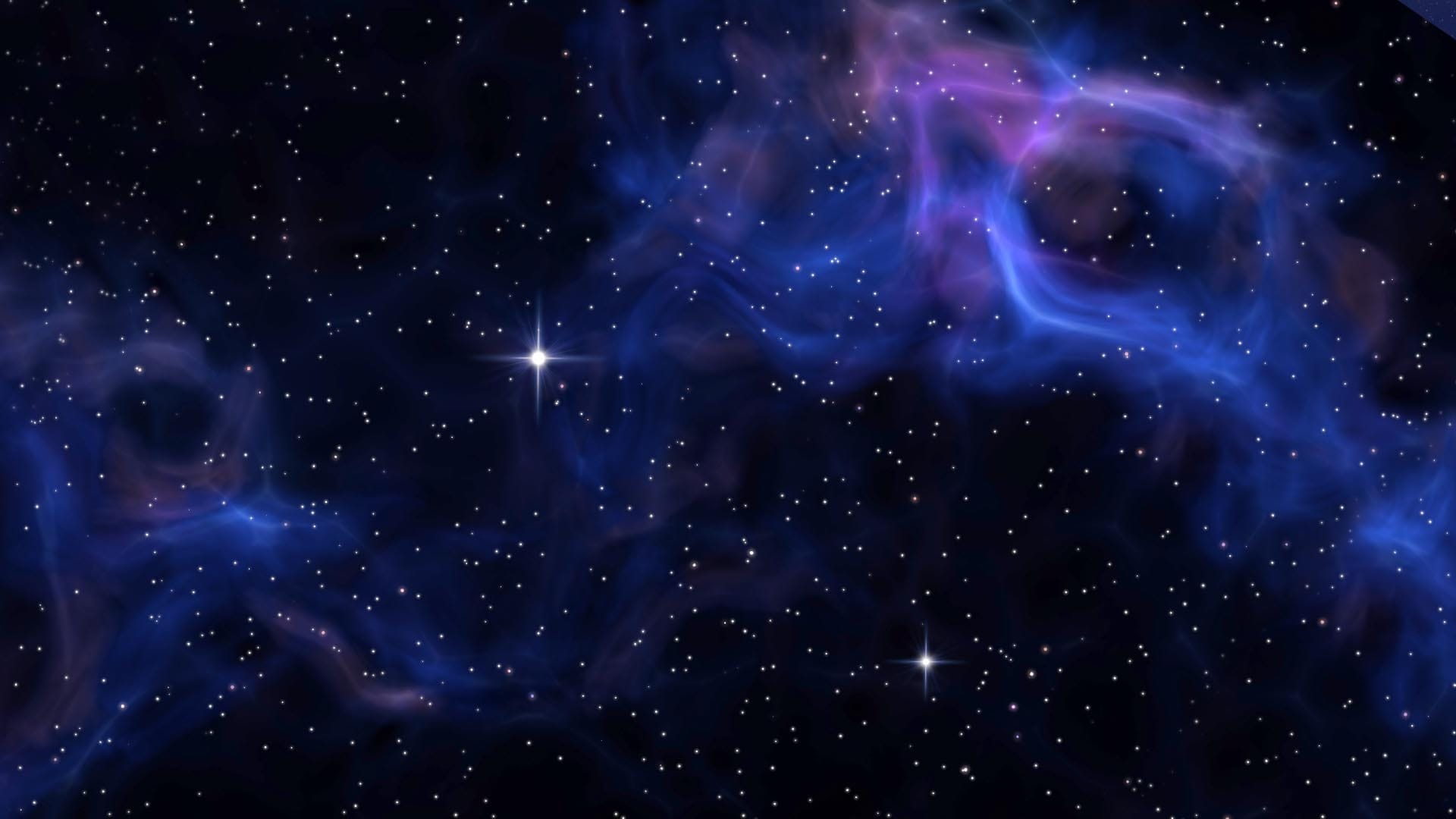
Extra Space Storage has become a go-to solution for many people needing additional room for their belongings. But what makes this company stand out in the crowded storage industry? Extra Space Storage offers more than just a place to stash your stuff. From state-of-the-art security features to climate-controlled units, they provide a variety of options tailored to meet different needs. Whether you're downsizing, moving, or just decluttering, understanding the benefits and unique features of Extra Space Storage can help you make an informed decision. Let's dive into 27 fascinating facts that highlight why this storage provider is a top choice for many.
The Universe is Expanding
The universe is a vast expanse filled with mysteries. Here are some mind-blowing facts about the extra space around us.
-
The universe is expanding. Edwin Hubble discovered this in 1929. Galaxies are moving away from each other, indicating the universe is getting bigger.
-
Dark energy makes up about 68% of the universe. This mysterious force drives the expansion of the universe.
-
Dark matter constitutes roughly 27% of the universe. Unlike normal matter, it doesn't emit light or energy, making it invisible and detectable only through its gravitational effects.
The Scale of the Universe
Understanding the sheer size of the universe can be overwhelming. These facts help put things into perspective.
-
The observable universe is about 93 billion light-years in diameter. This is the part of the universe we can see with our current technology.
-
There are more stars in the universe than grains of sand on all Earth's beaches. Estimates suggest there are about 100 billion galaxies, each containing millions or billions of stars.
-
The Milky Way galaxy is about 100,000 light-years across. Our solar system is located in one of its spiral arms, about 27,000 light-years from the galactic center.
The Mysteries of Black Holes
Black holes are some of the most fascinating objects in space. Here are some intriguing facts about them.
-
Black holes are regions of space where gravity is so strong that nothing, not even light, can escape. They form when massive stars collapse under their own gravity.
-
The largest black holes are called supermassive black holes. They can be billions of times more massive than the sun and are found at the centers of most galaxies.
-
Hawking radiation is a theoretical prediction by Stephen Hawking. It suggests black holes can emit radiation and eventually evaporate over time.
The Wonders of Exoplanets
Exoplanets are planets that orbit stars outside our solar system. These facts highlight the diversity and potential of these distant worlds.
-
The first exoplanet was discovered in 1992. Since then, thousands of exoplanets have been found, many with unique characteristics.
-
Some exoplanets are located in the habitable zone of their stars. This means they could potentially have liquid water and support life.
-
Hot Jupiters are a type of exoplanet that orbits very close to their stars. They are gas giants like Jupiter but much hotter due to their proximity to their stars.
The Enigma of Dark Matter
Dark matter remains one of the biggest mysteries in astrophysics. Here are some key facts about this elusive substance.
-
Dark matter doesn't interact with electromagnetic forces. This means it doesn't absorb, reflect, or emit light, making it invisible and detectable only through its gravitational effects.
-
Galaxy rotation curves provide evidence for dark matter. Observations show that galaxies rotate faster than expected based on visible matter alone, suggesting the presence of unseen mass.
-
Dark matter is thought to form a "halo" around galaxies. This halo extends beyond the visible parts of galaxies and influences their structure and evolution.
The Phenomenon of Cosmic Microwave Background
The cosmic microwave background (CMB) is the afterglow of the Big Bang. These facts shed light on this ancient radiation.
-
The CMB was discovered in 1965 by Arno Penzias and Robert Wilson. It is a faint glow of microwave radiation that fills the universe.
-
The CMB provides a snapshot of the universe when it was just 380,000 years old. It reveals information about the early universe's temperature, density, and composition.
-
The CMB is remarkably uniform. However, tiny fluctuations in its temperature provide clues about the formation of galaxies and large-scale structures in the universe.
The Intrigue of Neutron Stars
Neutron stars are incredibly dense remnants of supernova explosions. Here are some astonishing facts about them.
-
Neutron stars are incredibly dense. A sugar-cube-sized amount of neutron-star material would weigh about a billion tons on Earth.
-
Pulsars are a type of neutron star that emits beams of radiation from their magnetic poles. As they rotate, these beams sweep across space, creating a pulsing effect.
-
Magnetars are neutron stars with extremely strong magnetic fields. These fields are trillions of times stronger than Earth's magnetic field and can cause intense bursts of X-rays and gamma rays.
The Fascination of Quasars
Quasars are among the brightest and most energetic objects in the universe. Here are some captivating facts about them.
-
Quasars are powered by supermassive black holes at the centers of galaxies. As matter falls into the black hole, it heats up and emits enormous amounts of energy.
-
The brightest quasars can outshine entire galaxies. They can be seen across vast distances, making them valuable tools for studying the early universe.
-
Quasars were more common in the early universe. Their numbers have decreased over time as galaxies and black holes have evolved.
The Mystery of Gravitational Waves
Gravitational waves are ripples in spacetime caused by massive objects. These facts highlight their significance.
-
Gravitational waves were first predicted by Albert Einstein in 1916. They are produced by accelerating masses, such as merging black holes or neutron stars.
-
The first direct detection of gravitational waves occurred in 2015 by the LIGO observatory. This groundbreaking discovery confirmed a major prediction of Einstein's theory of general relativity.
-
Gravitational waves provide a new way to observe the universe. They offer insights into events and objects that are otherwise invisible, such as black hole mergers and neutron star collisions.
Final Thoughts on Extra Space
Extra space isn't just about physical room. It’s about mental clarity, productivity, and peace. Whether decluttering your home, organizing your workspace, or simply making room for new experiences, extra space can transform your life. It’s amazing how a little more room can make everything feel lighter and more manageable.
Remember, creating extra space doesn’t always mean getting rid of things. Sometimes, it’s about rearranging, repurposing, or rethinking how you use what you have. Small changes can lead to big improvements.
So, take a look around. Find those areas where a bit more space could make a difference. You might be surprised at how much better you feel with just a little extra room to breathe.
Was this page helpful?
Our commitment to delivering trustworthy and engaging content is at the heart of what we do. Each fact on our site is contributed by real users like you, bringing a wealth of diverse insights and information. To ensure the highest standards of accuracy and reliability, our dedicated editors meticulously review each submission. This process guarantees that the facts we share are not only fascinating but also credible. Trust in our commitment to quality and authenticity as you explore and learn with us.


